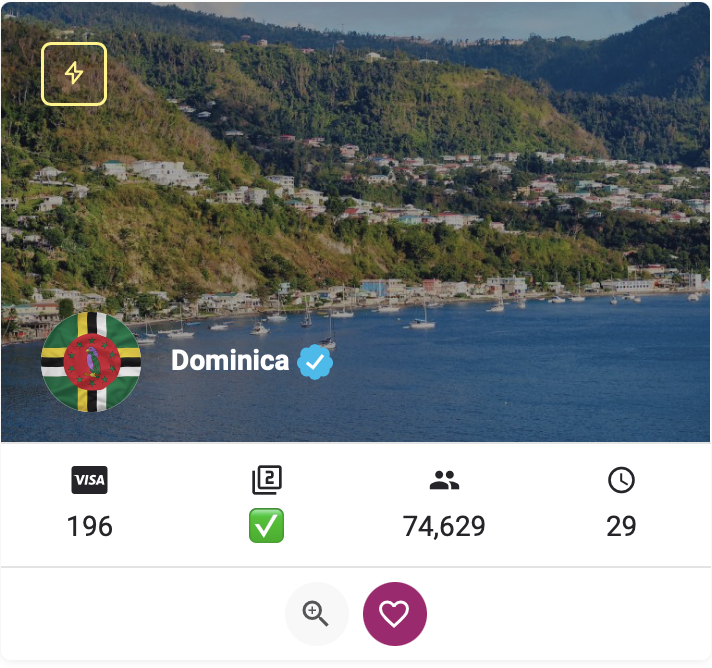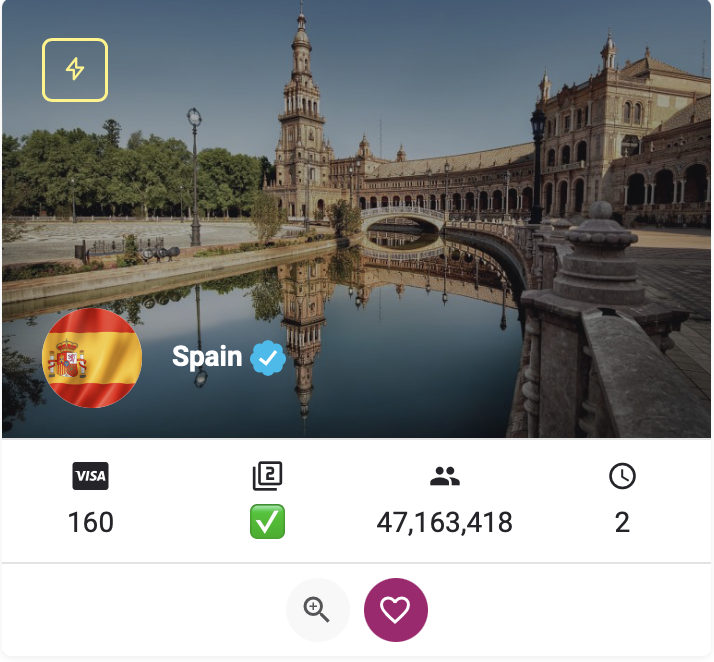Understanding how large ships such as cruise ships float requires complex knowledge of physics; But with a simple explanation, you can understand why these sea giants stay on the water.
The buoyancy of large ships is one of the wonders of physics that may seem strange at first glance. Why does a 100,000-ton ship float on water, but a small brick sinks immediately? To explain this phenomenon, we can go to the complex laws of physics, such as Archimedes’ principle, or we can simply refer to the shape and volume of objects. Next, we will discuss this in simpler language and learn why cruise ships do not sink despite their enormous weight.
To explain how a 100,000-ton cruise ship floats on water but a small brick sinks to the bottom of the sea, physicists can come up with complicated methods. They may use complex mathematics or draw physical diagrams; They can even propose strict laws of physics that quickly tire your mind; But if you’re Nicole Sharp, who has a PhD in aerospace engineering and runs a successful fluid dynamics blog called FYFD, you can illustrate this concept with a simple personal experience.
Sharpe recalls how her infant son became enraged when he saw a floating toy during a bath. He says:
The first time we put this turtle toy in the tub, he was completely confused. When he saw the device floating on the water, his brain decided, “This is wrong! This can’t be right!”; Because he was sinking into the water and thought that everything should sink.
Sharpe explains that this is the principle on which cruise ships stay afloat; But no one is strong enough to push this giant ship under water.
Photo source: Thrillist website Photographer: Unknown
You don’t need to know Archimedes’ principle or complex laws of buoyancy to make it easier to understand. Everything comes back to the right size and shape. If you drop a piece of steel in water, it will sink. But if you turn the same steel into a boat, it will float.
In fact, shape and volume have a direct effect on buoyancy, no matter how big the object is. The weight or mass of the object and the amount of water it displaces are also important. If the object can move enough water, it will float and if it cannot, it will sink; For example, if we keep the weight and shape of a cruise ship, but shrink it to the size of a pea, it will immediately sink to the bottom of the sea because the volume of water it displaces is not enough to support its weight.
Sharpe even points out that the concepts of fluid dynamics are not limited to ships; For example, on a rainy day you may see bubbles in puddles caused by raindrops and dust on the ground. This phenomenon is also a kind of interaction of fluids that can be seen in our daily life.
All in all, whether you’re on a giant ship at sea or walking down rain-soaked streets, fluid dynamics are always involved in our lives.
Cover photo source: Thrillist website Photographer: Unknown
RCO NEWS












